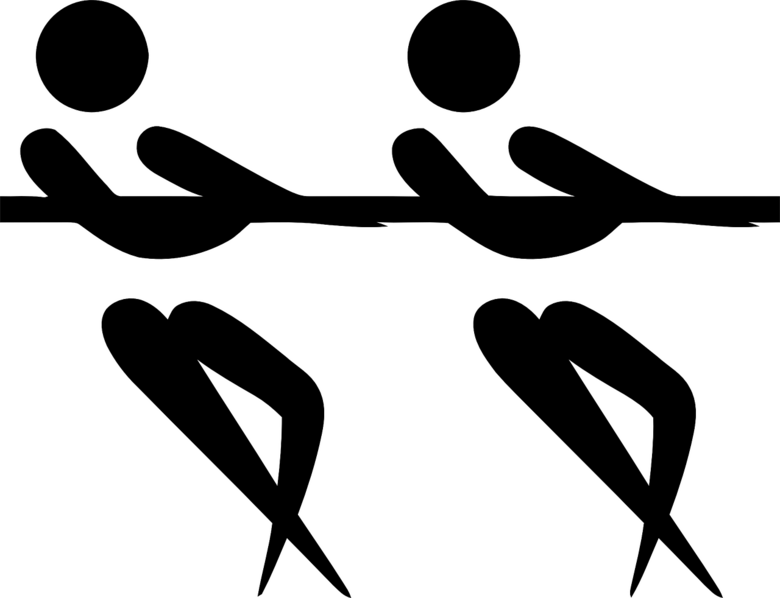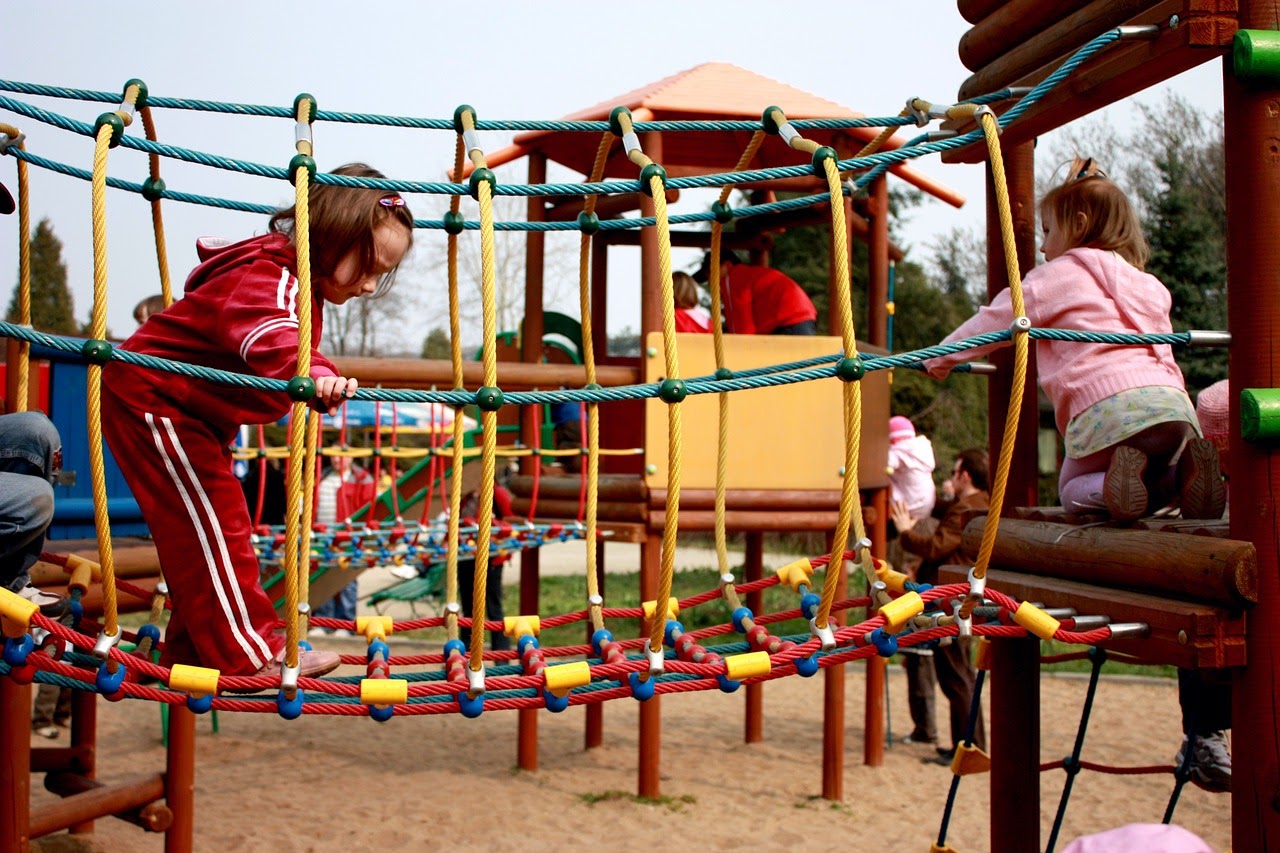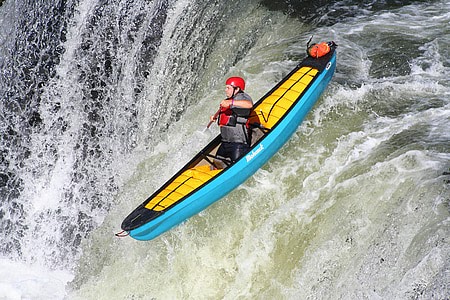- Author:
- Jane Brown
- Subject:
- Force/Motion/Energy
- Material Type:
- Activity/Lab
- Level:
- Middle School
- Tags:
- License:
- Creative Commons Attribution
- Language:
- English
- Media Formats:
- Audio, Downloadable docs
Education Standards
Investigating Force

Overview
This activity is designed to have students investigate the basics of forces and how they affect motion. They will also have the opportunity to participate in a PHET Simulation by the University of Colorado on Force and Motion and use the simulation to create a simple Experimental Design and collect data.
Investigation Forces
Investigating Forces
I am learning how forces can stop, start or cause a change in motion.
I am learning how to calculate net force.
- Look at the following picture and list all the examples of force you see and complete the chart below:
| Example of Force | Description of the Action of the Force |
2. Look at the following picture and list all the examples of force you see and complete the chart below:
| Example of Force | Description of the Action of the Force |
Questions: Answer in complete sentences.
- Were the forces in the first picture different than the forces in the second picture? Which ones? How did they differ?
2. Were there any forces in the first picture that were the same as in the second picture? Which ones? How were they similar?
Now that you are thinking about forces watch this video about forces.
Describe how mass, friction, and inertia are related to force.
.
Activity
A force is a push or a pull that causes motion to stop, start or change direction. The amount of force applied can be shown with an arrow showing the direction the force moves and it’s strength or magnitude is measured with a number in newtons (N). When forces combine they produce a net force or a resultant force. When forces move in the same direction, the resultant force or net force is a combination of the two forces. If the forces are in opposite directions, then the resultant force/net force is the difference of the two forces. Objects always move in the direction of the larger force.
- Use the following link to explore forces on a simulation called “Force and Motion Basics”, Look through the first “Force” simulation activity and think about how you could design an experiment and collect data on it. https://phet.colorado.edu/en/simulation/forces-and-motion-basics
PhET Interactive Simulations
University of Colorado Boulder
https://phet.colorado.edu
Complete the following Experimental Design for your first activity. Think about your independent variable (what you are changing) and your dependent variable ( what depends on that/ what you are measuring).
Experimental Design
Title: The Effect of___________________ on __________________________
Hypothesis: If _________________________, then_______________________, because_________________________________________________________.
IV:______________________________________________________________
DV:_____________________________________________________________
Constants:_______________________________________________________
Control:_________________________________________________________
Rerun the simulation and use the following template to organize and record your data. You may need to adjust your table by adding more space for data, or you may have too many spaces. Adjust accordingly and be sure to include all labels and units. Remember that force is measured in newtons (N). Make sure you have at least three repeated trials.
1. Sometimes forces can be labeled as either balanced or unbalanced. How was this represented in your simulation? Justify your answer using your data.
2. Play the other simulations on “Motion”, “Friction” and “Acceleration”. For each simulation, describe what you did, any data you collected, and what you learned about how that simulation used force and how it changed. You may want to create a data table to help you organize your data.
Motion:
Friction:
Acceleration:
Extension: If you had to design a new simulation about force in a different setting, describe the setting and how the forces would work. You may draw a picture to help describe your setting. Don’t forget to explain what forces are there and how they work.

